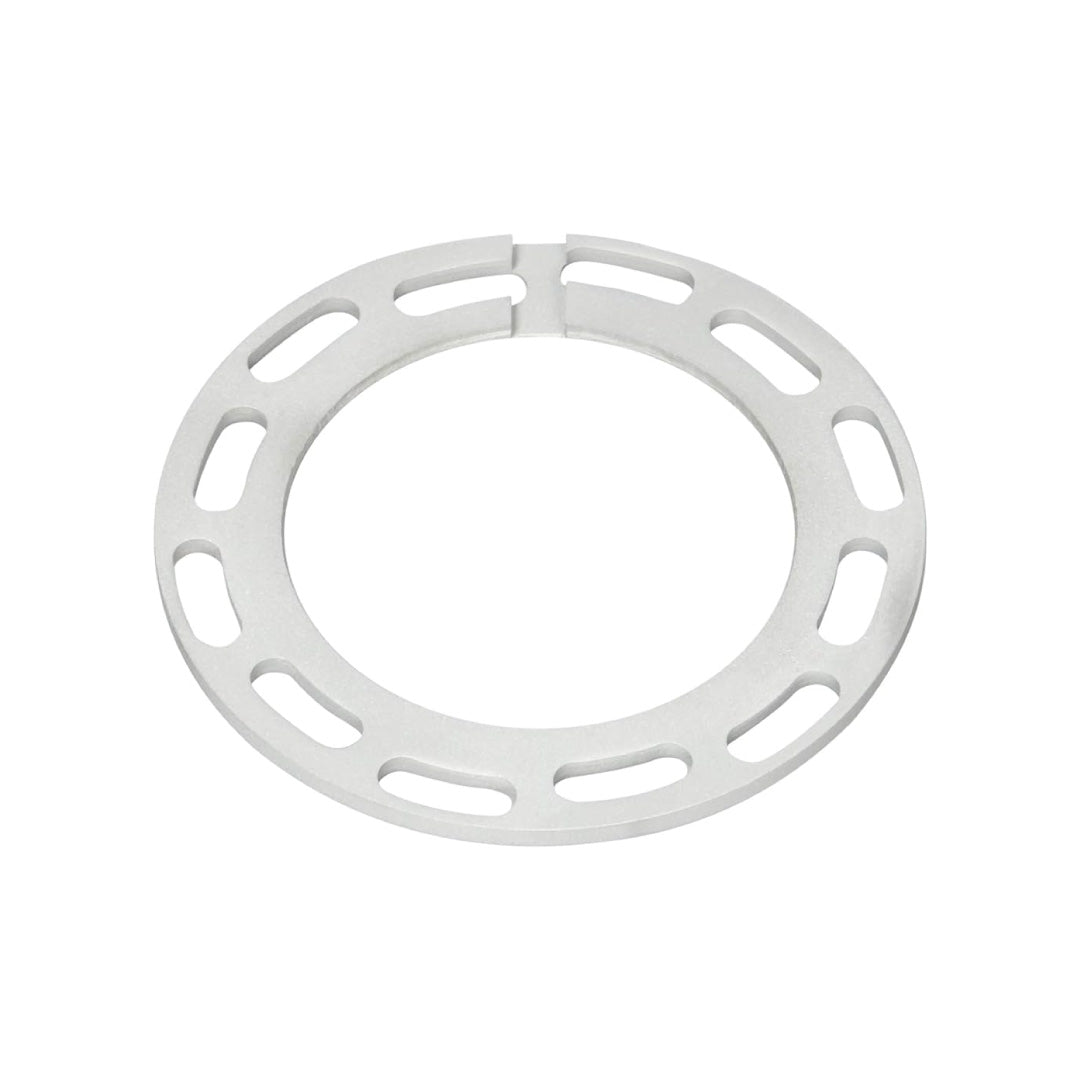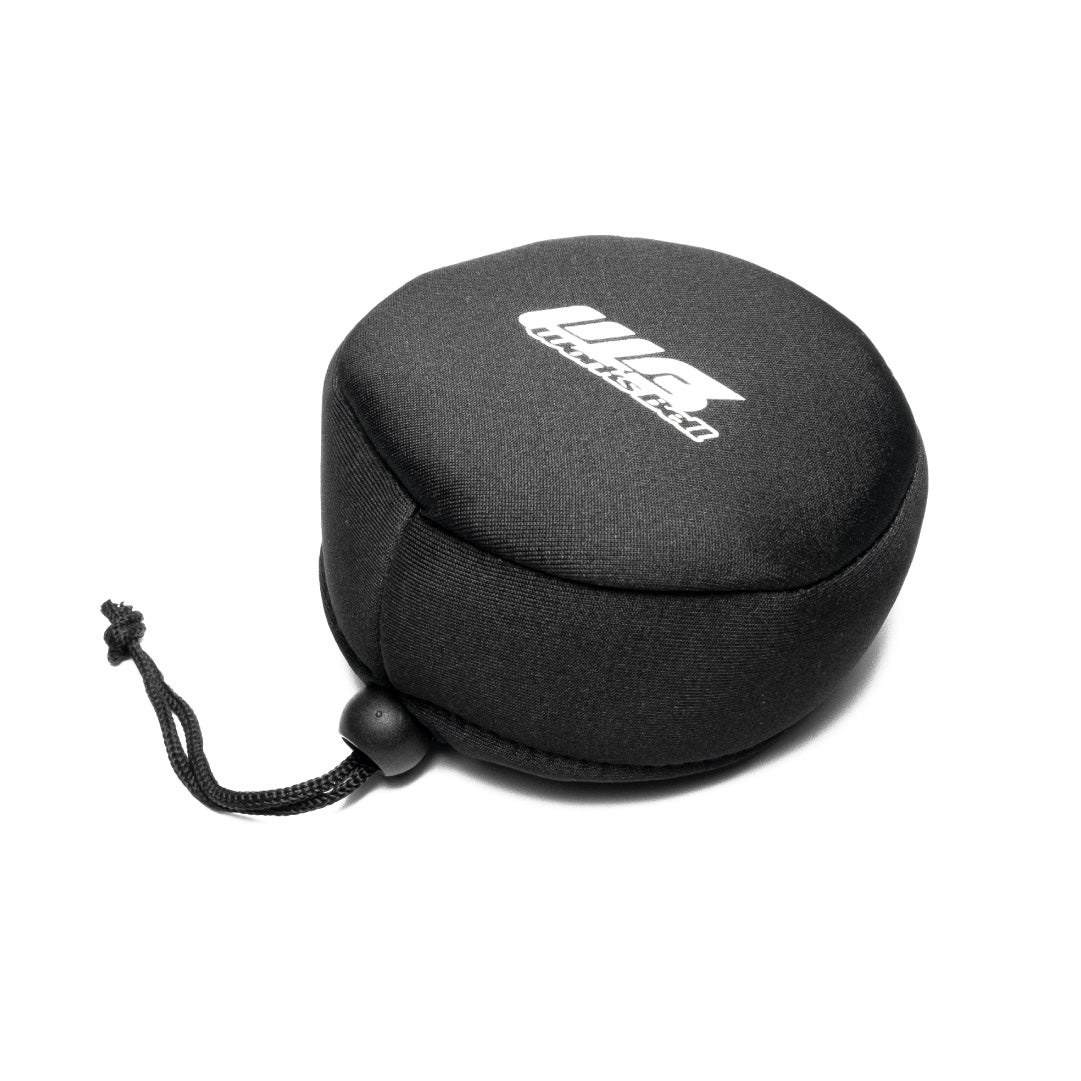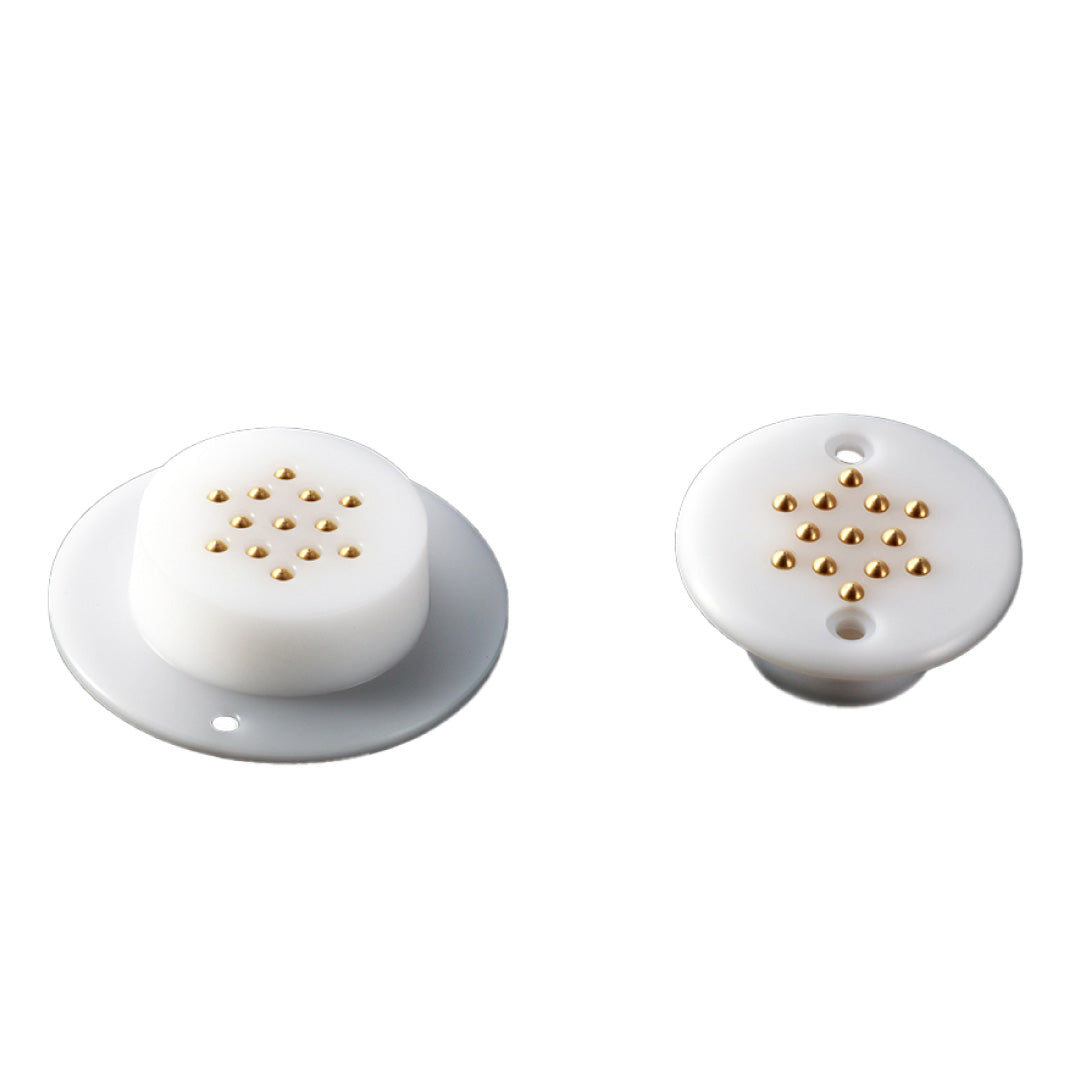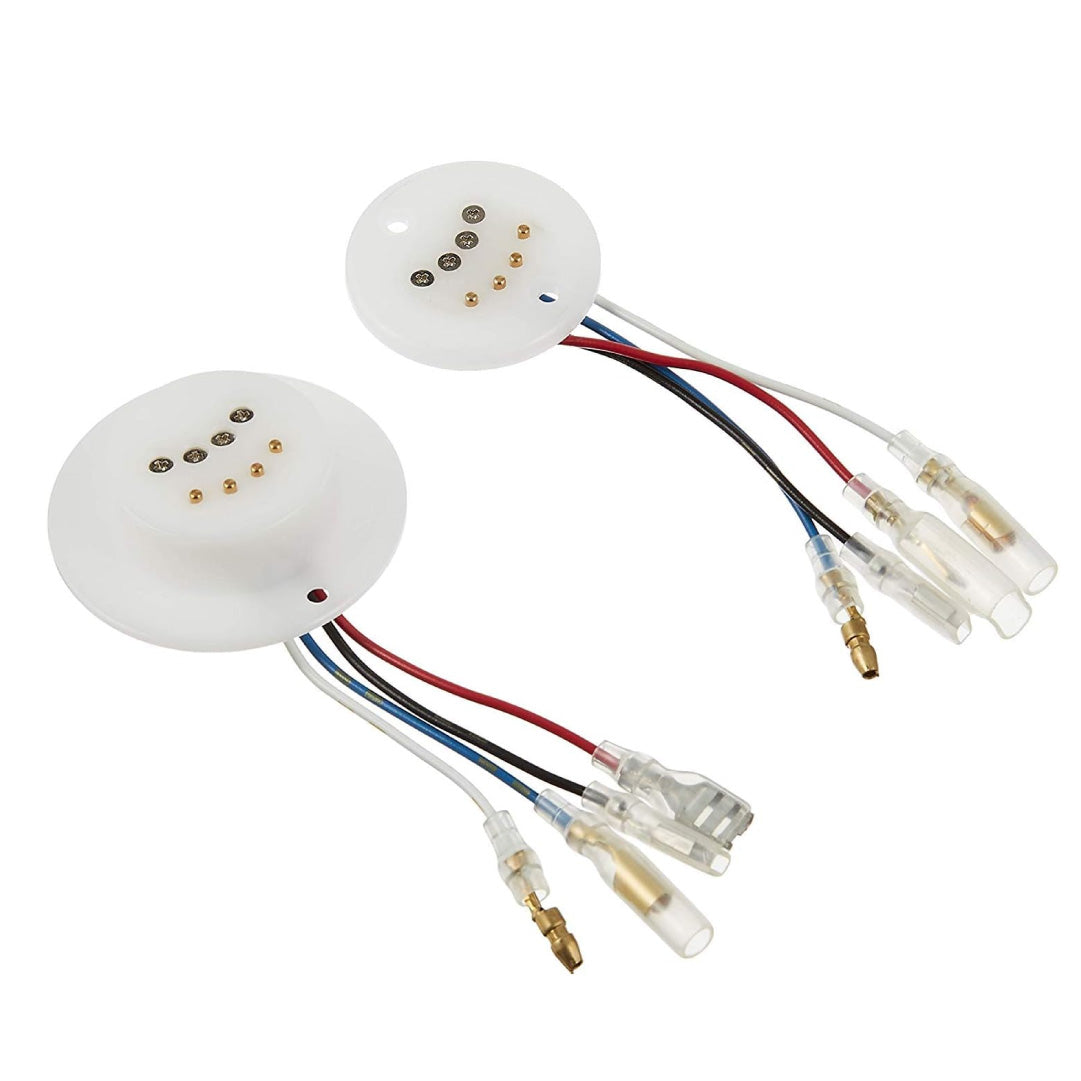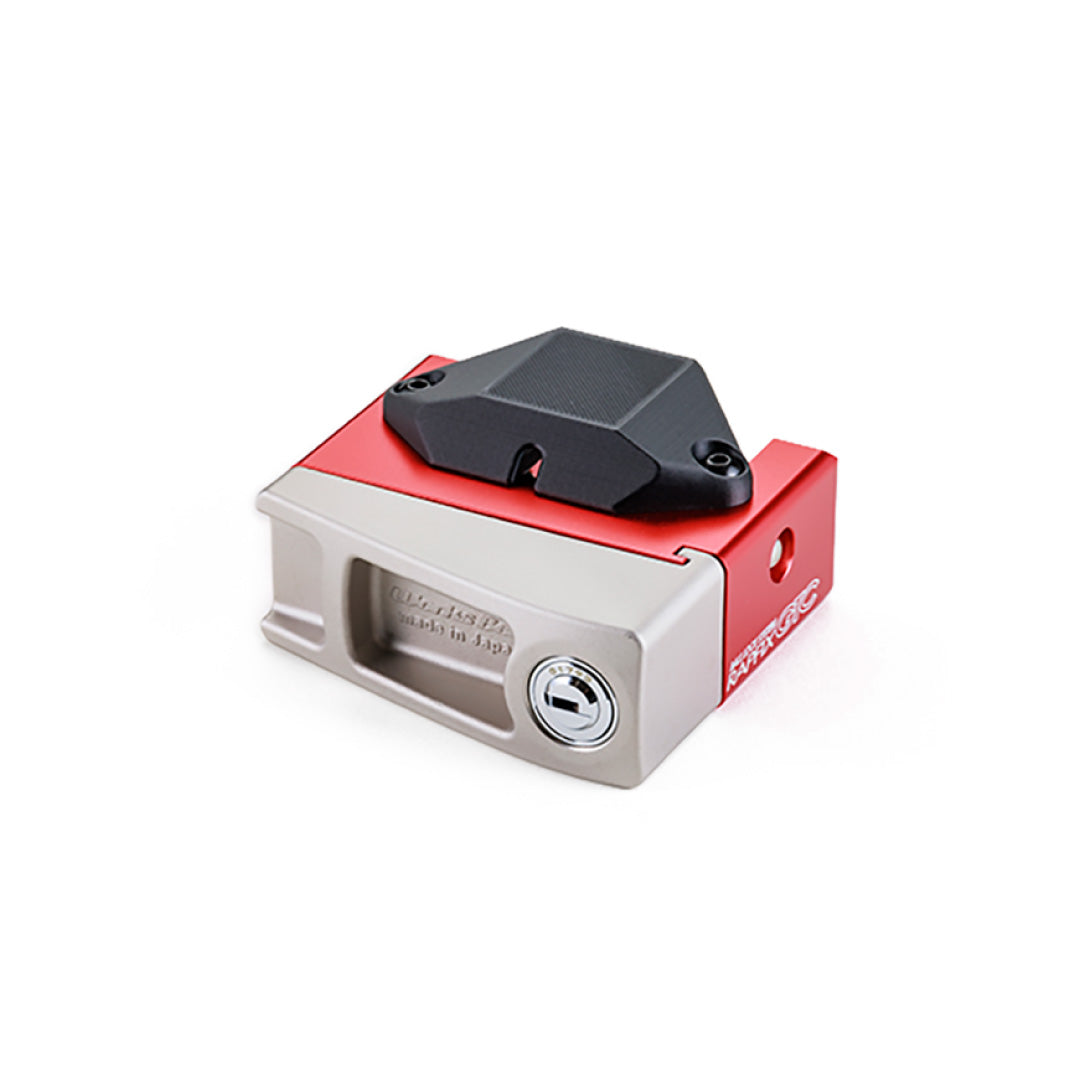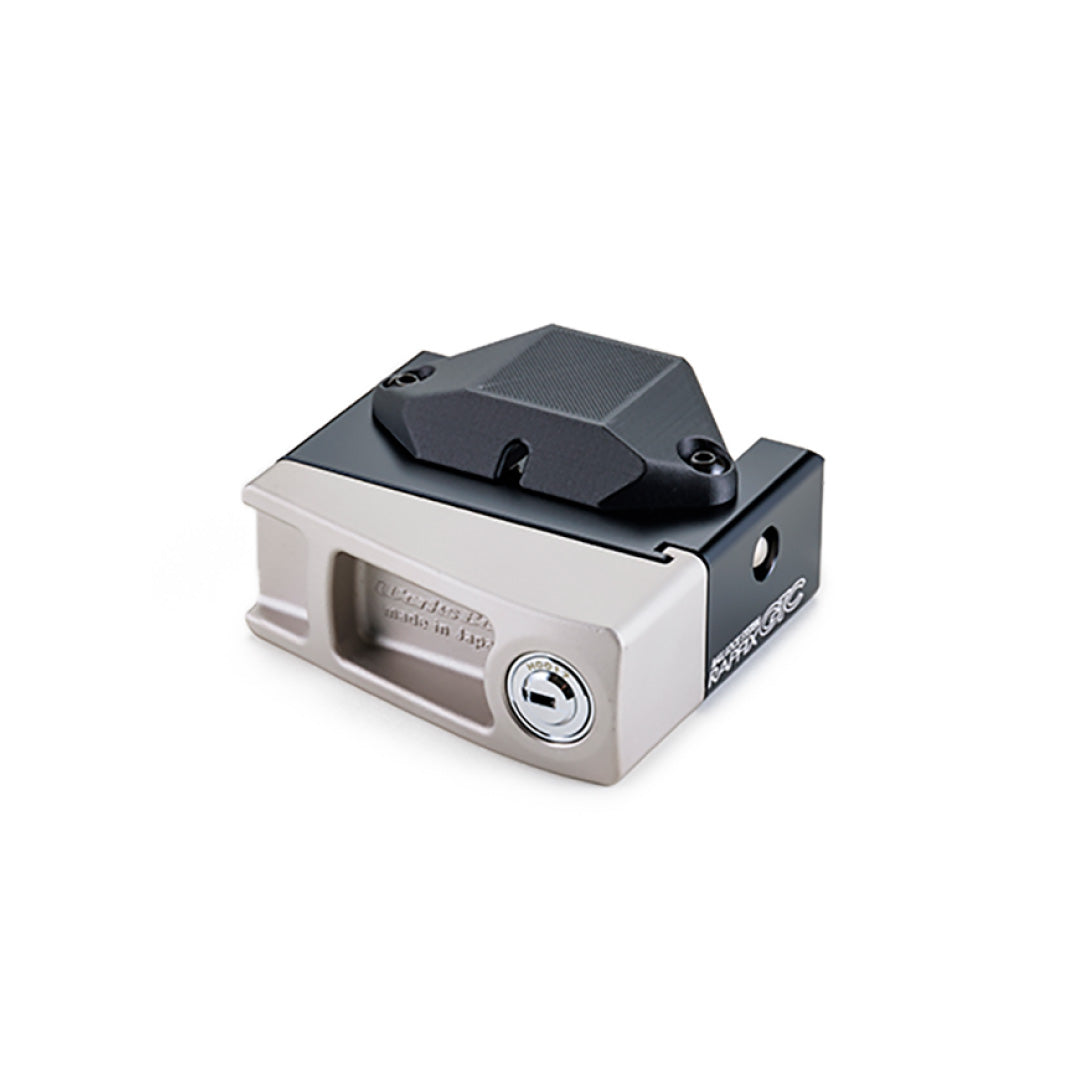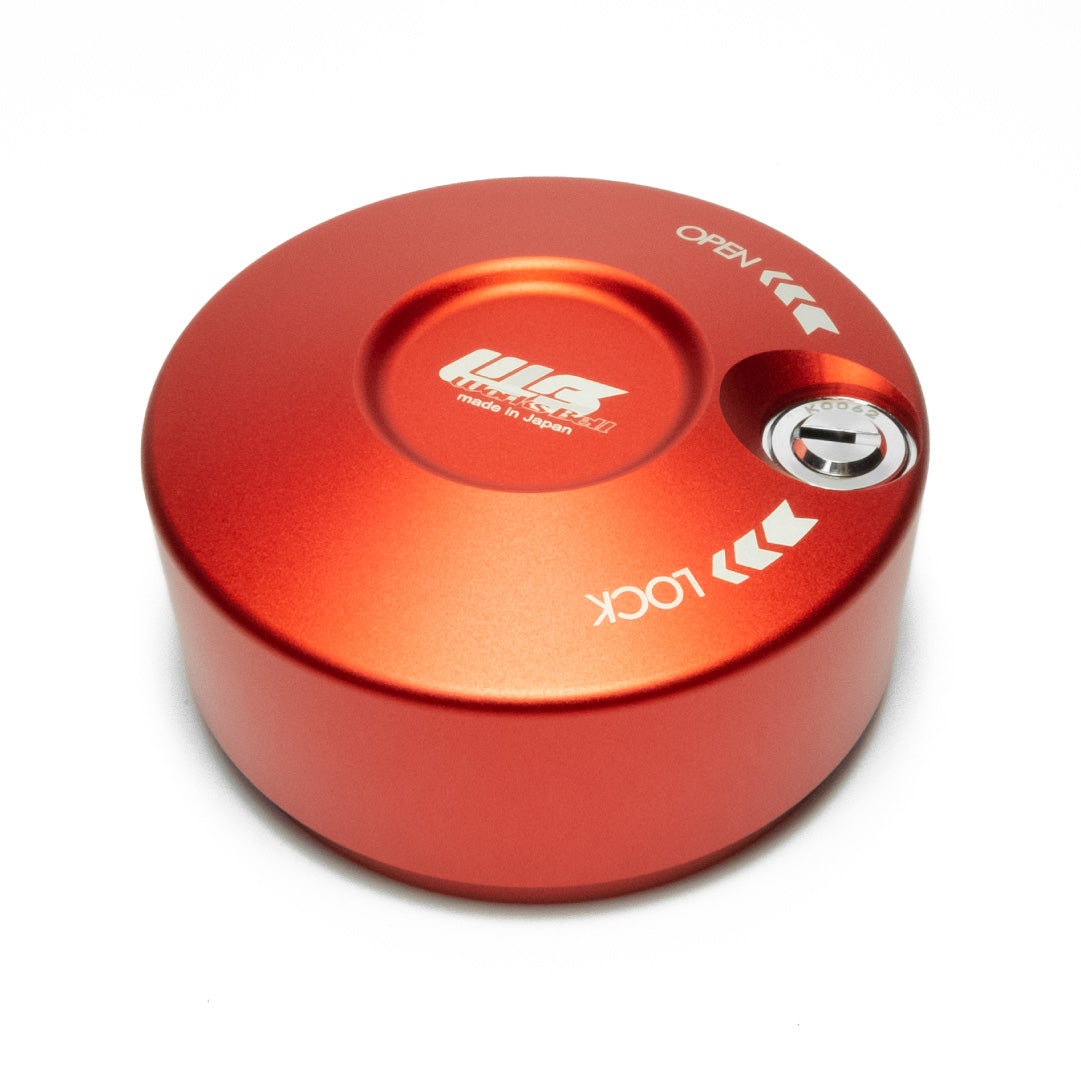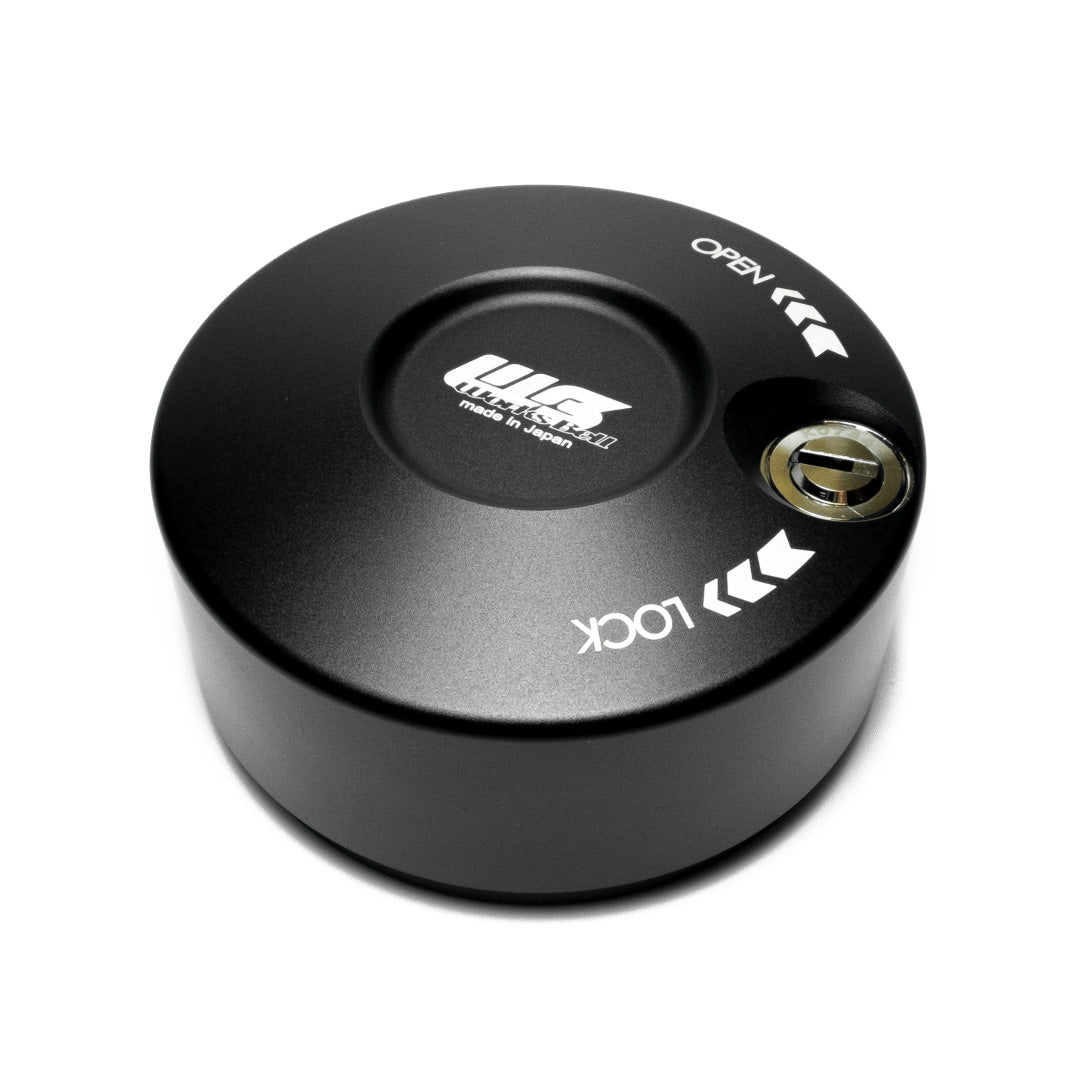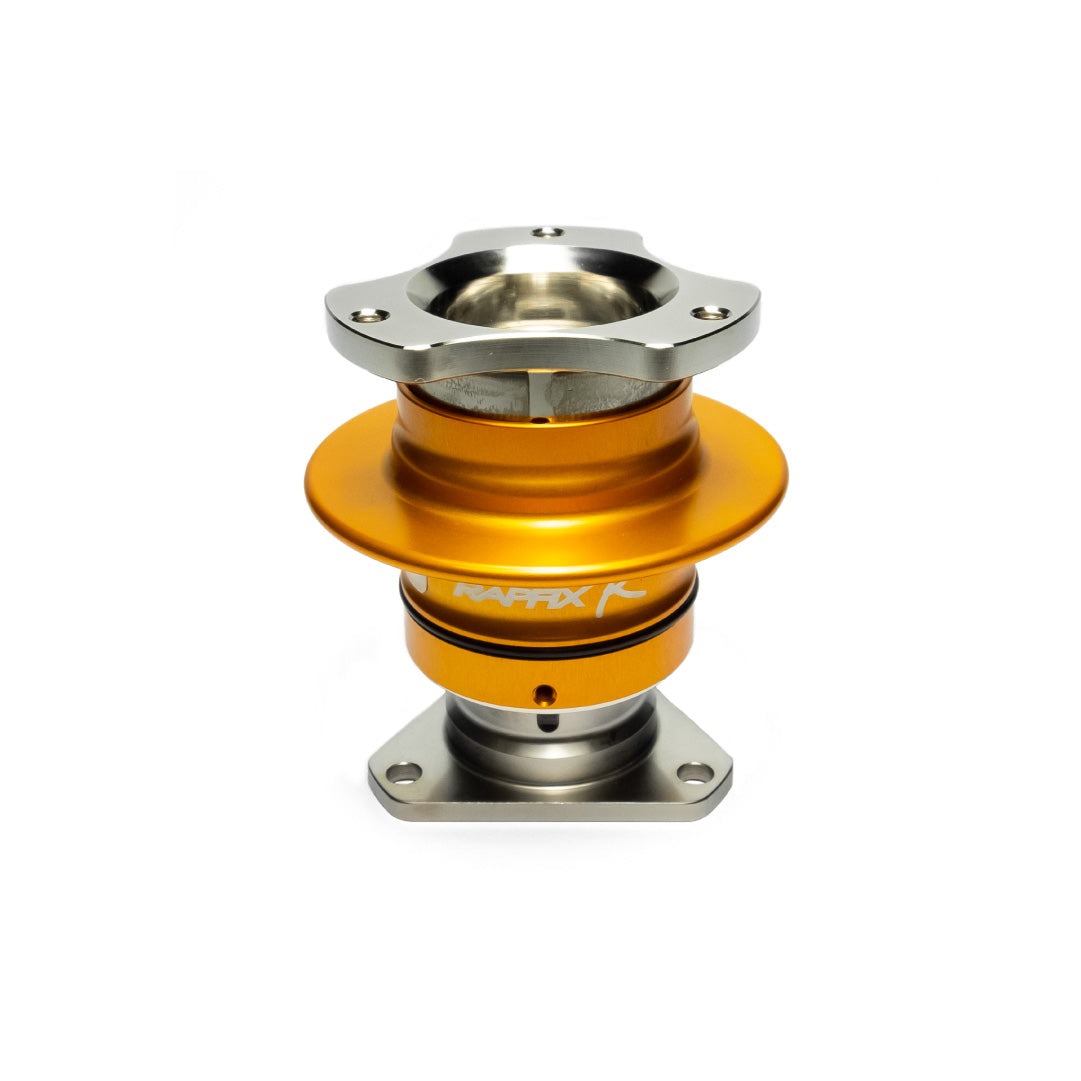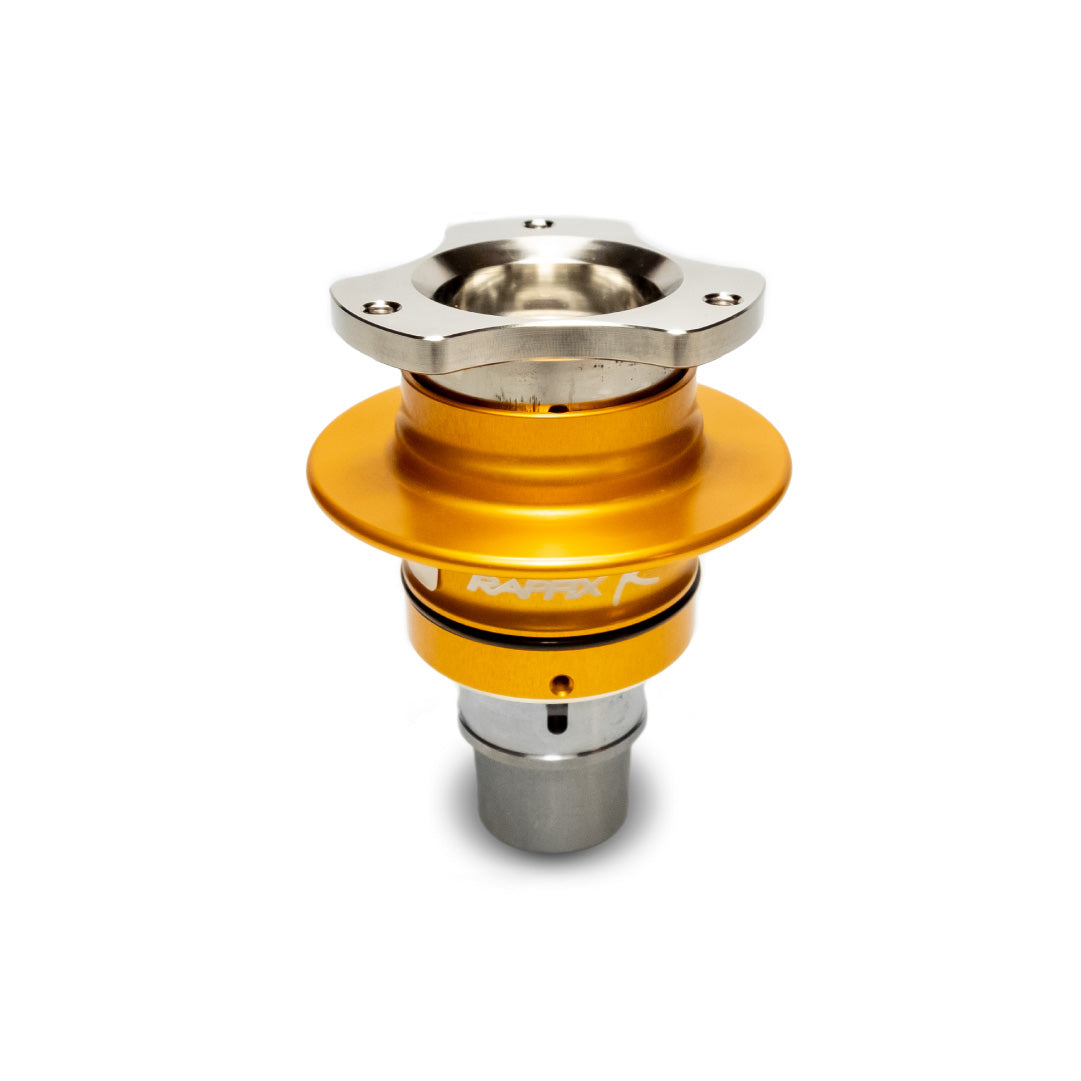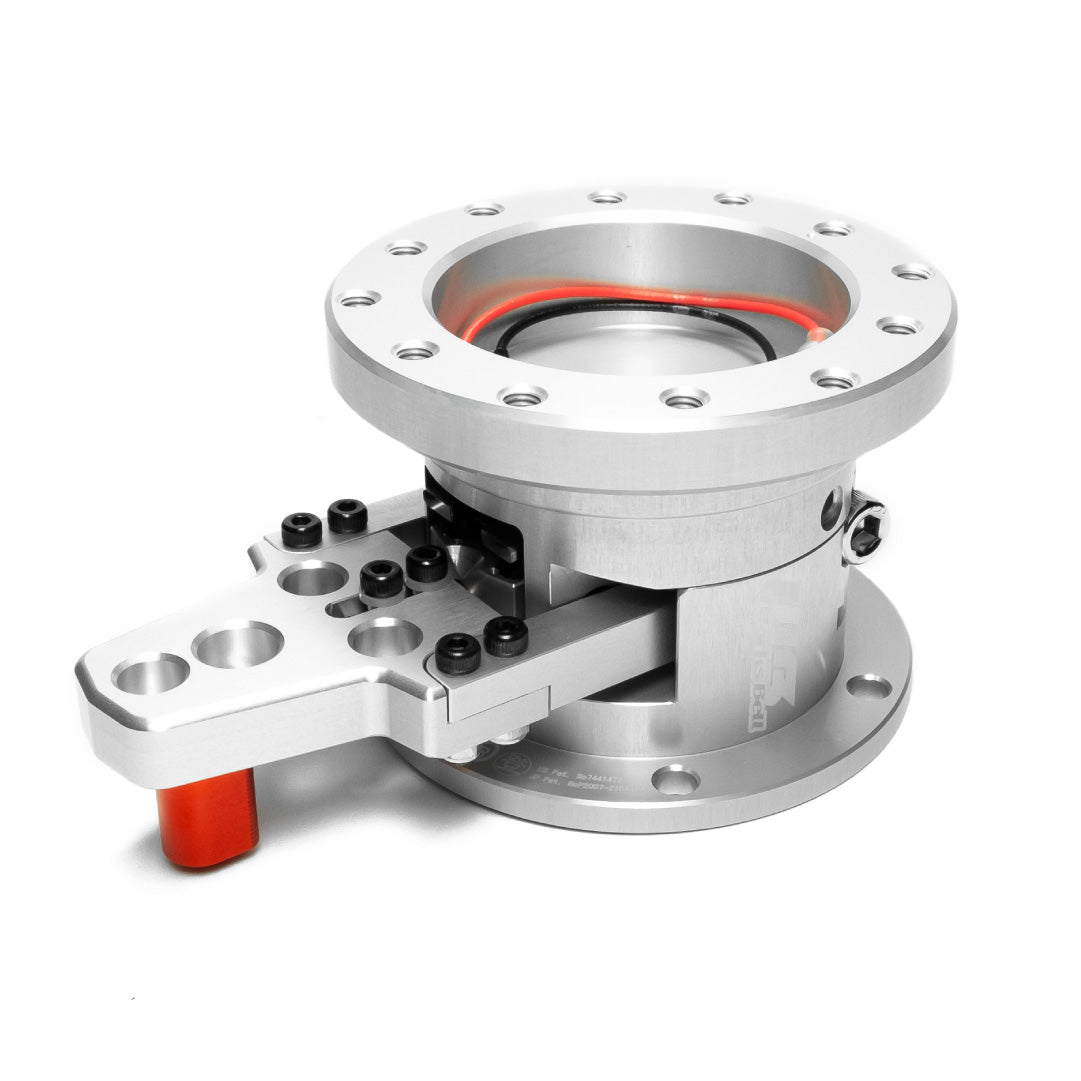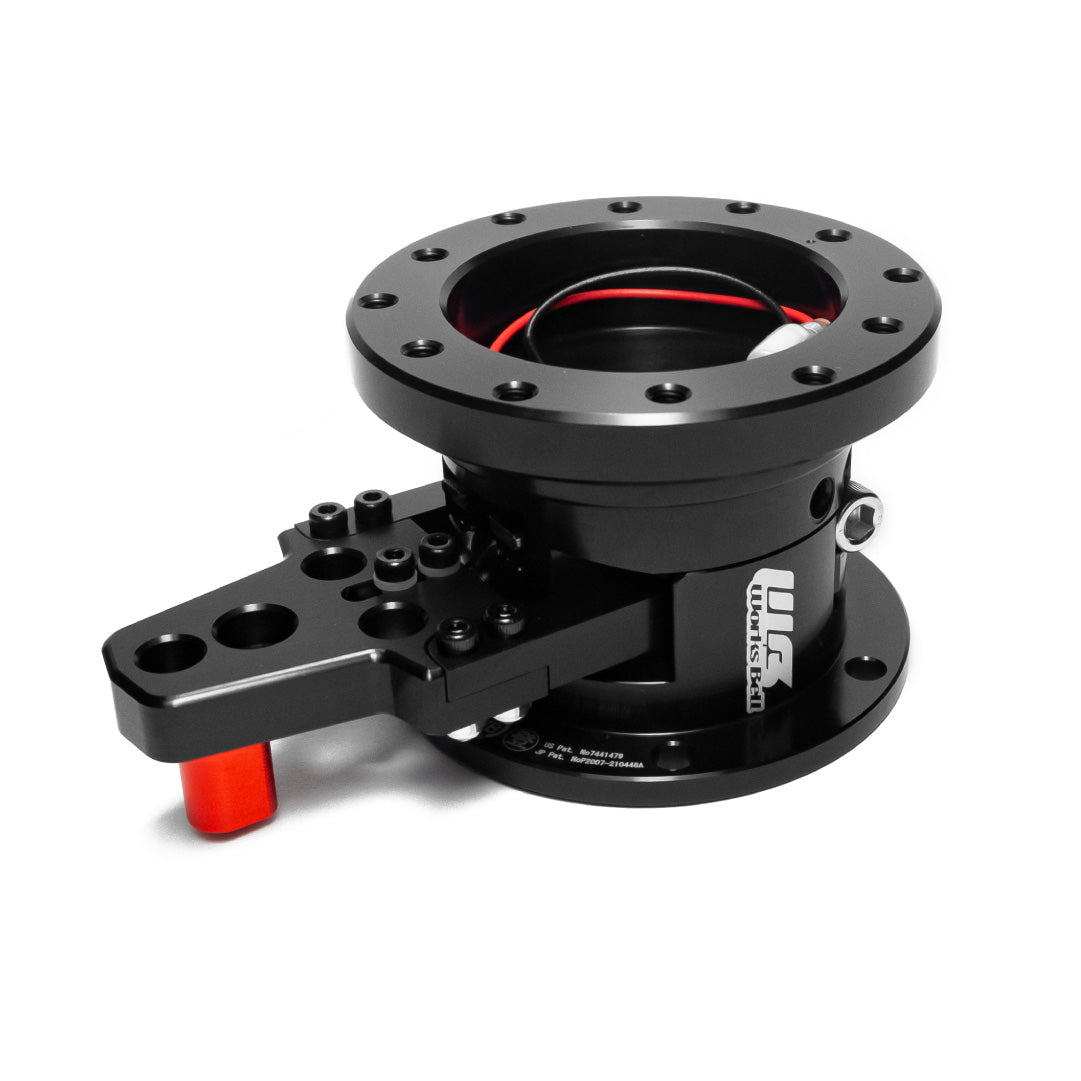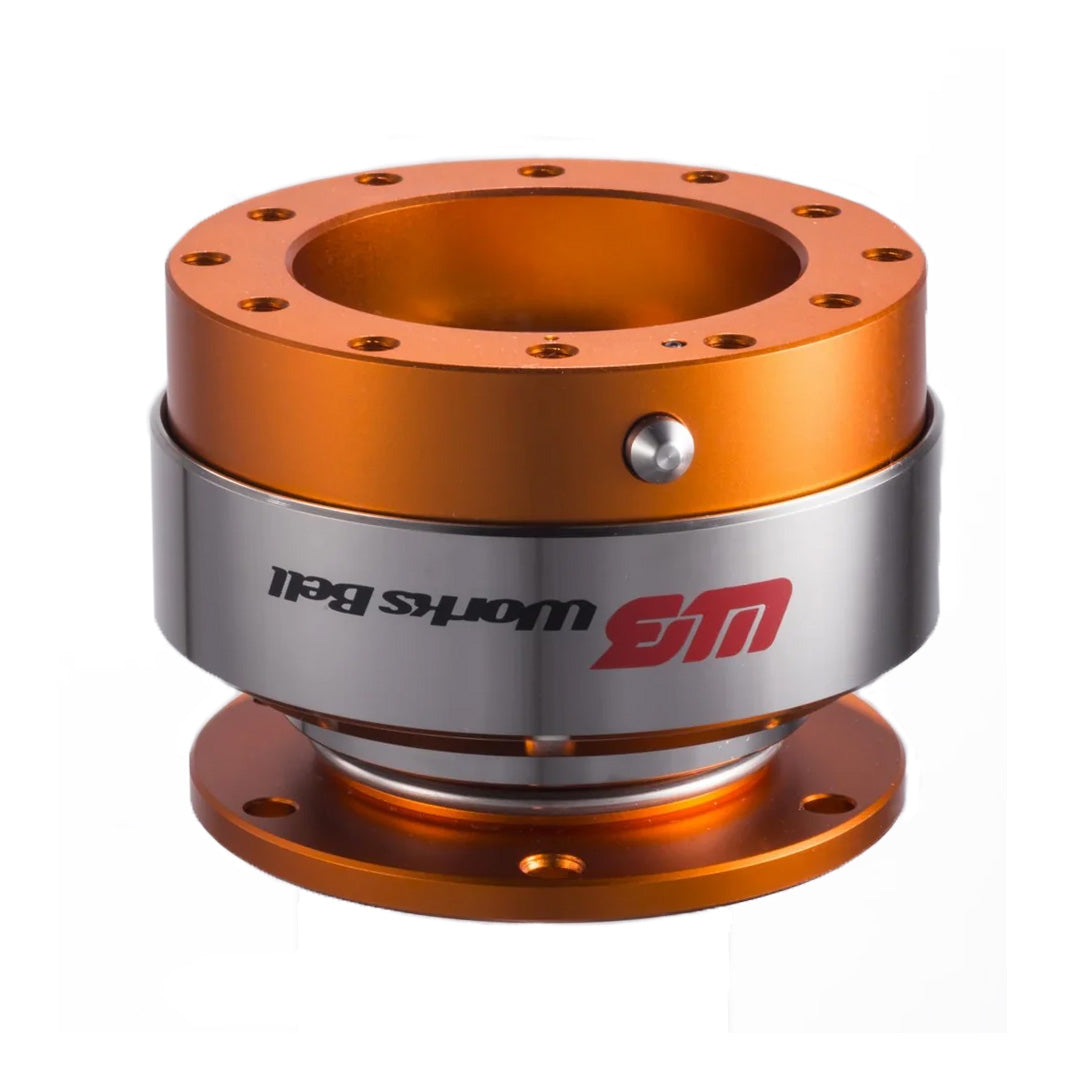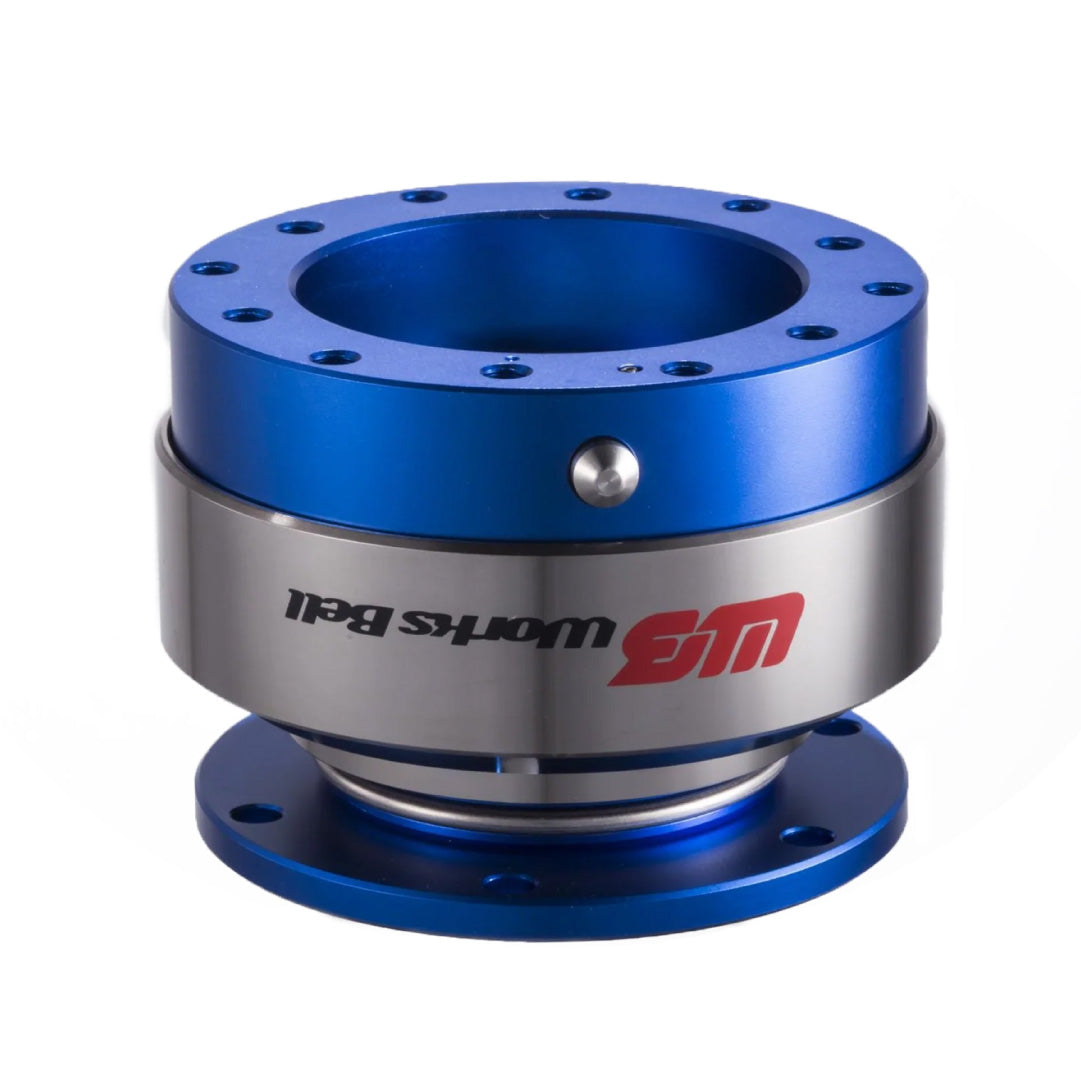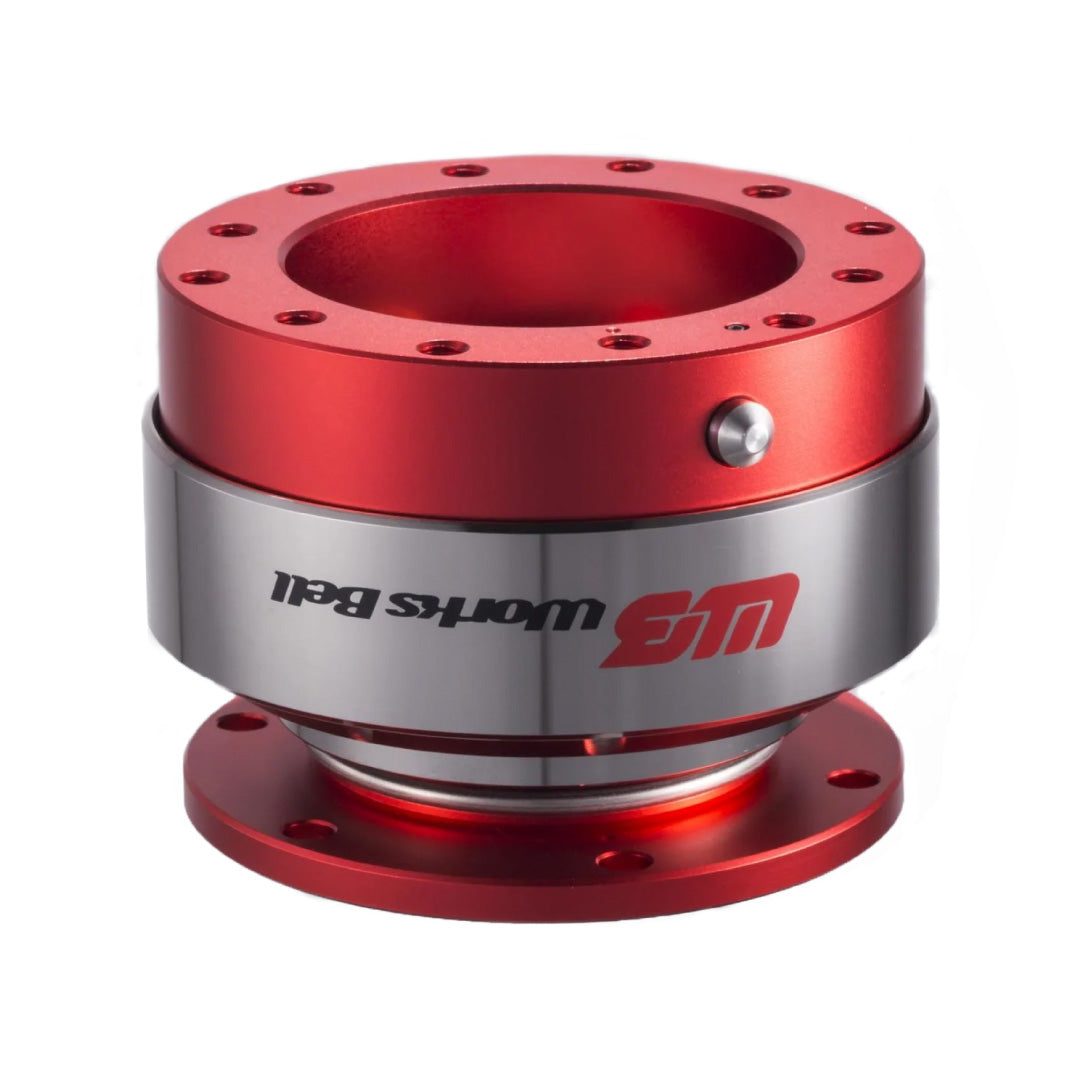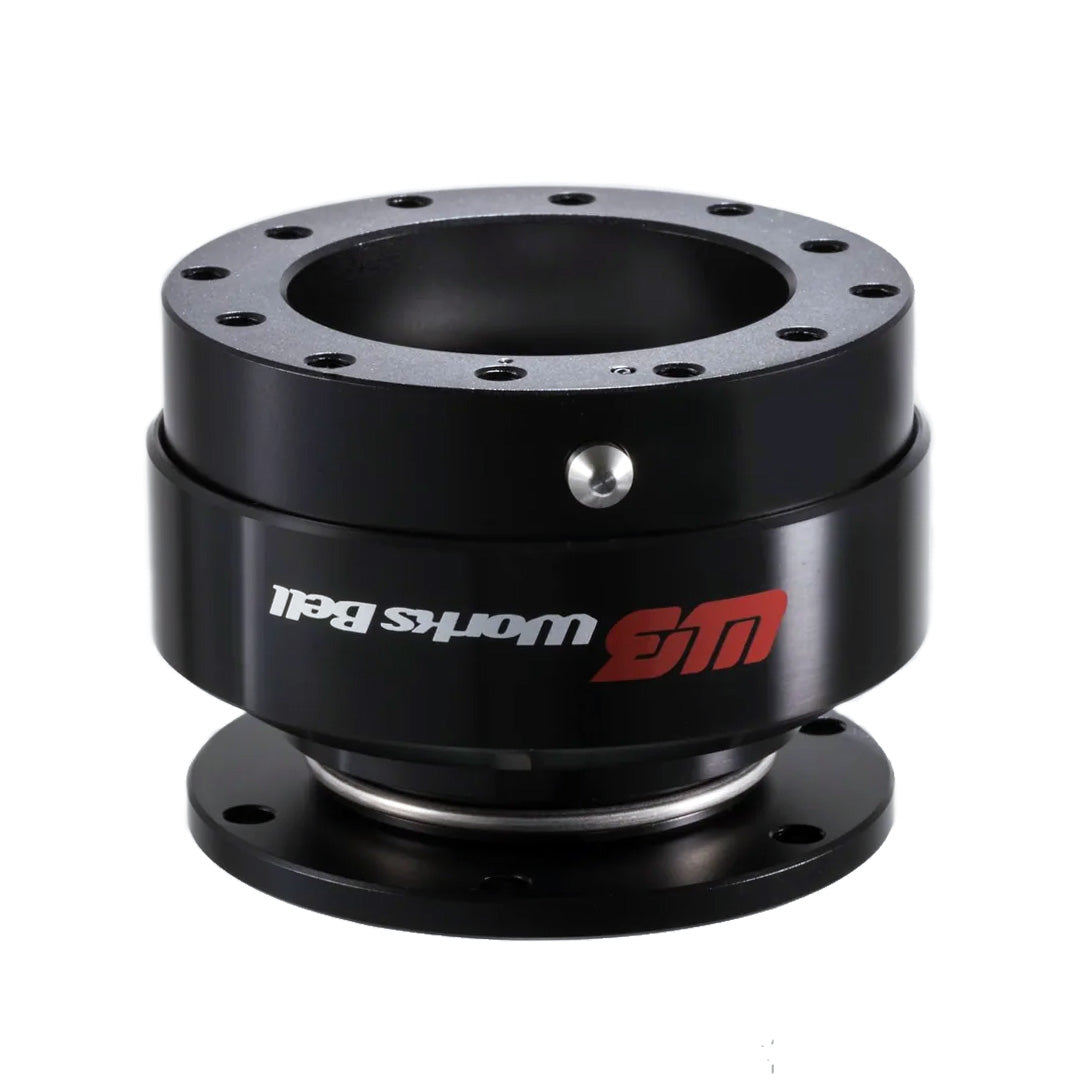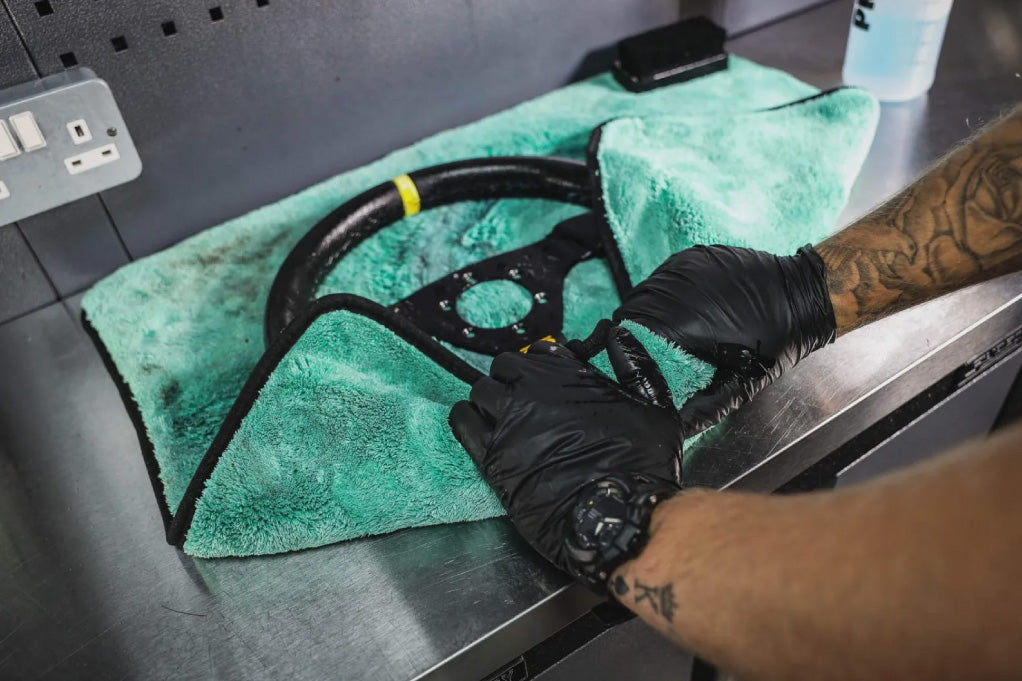History
It is not widely known that Works Bell created the Ball Lock Quick Release Locking System, which can be seen in the Works Bell Rapfix II (and, regrettably, in many copies as well). Additionally, Works Bell has a patent for this system. Works Bell has been manufacturing and selling steering hubs since 1971 and they have provided the steering hubs for a lot of Japanese manufacturers and companies. Works Bell developed the 12-hole PCD steering hub which can be used both for Momo and Nardi steering wheels in 1977. Furthermore, Works Bell also took the patent for this product. From then on, this company has never failed in the technology, quality and durability of its products. Works Bell is the number one boss kits and steering wheel quick releases manufacturer in Japan today. Works Bell has also received some patents for their other products and they research, develop and innovate on new products every day. Works Bell developed and received the patent on the quick release (Rapfix Ball Lock System) in 2001. Since then they have produced and sold more than 30,000 quick release Rapfix systems.

Manufacturing Process
The Works Bell Rapfix II Plug and Socket begin as high-strength A5056 alloy billets. This high-strength A5056 Alloy is then heat treated to H34 standard, which increases the metal's yield strength by 60%, bringing it closer to that of Duralumin, a widely known super strong material.
The process does not stop here. This heat-treated and high-strength A5056 Alloy is then cold die forged. The same process is used in the production of ultra-high-grade alloy wheels. The die-forging process yields a forged blank that is very close to the final shape of the Rapfix II.
Die forging increases the density of the metal and aligns the grain structure matrix with the forging flow lines.
The machining step of the process follows. Because the grain structure has only just been brought into alignment with the part's shape through cold die forging, the machining is only now being completed.
Following that, an Alumite oxide film is formed on the surface of the aluminium and stainless steel by immersing the parts in an electrolytic liquid solution and changing the temperature to create a surface with superior corrosion and wear properties. This results in a hard alumite oxide film that is tougher than steel. Alumite looks great on the outside while also reducing wear from use.
Then, to make it much harder to scratch the anodizing, a special Teflon coating is applied to the inside sleeve where the socket and plug slide.

The Rapfix II is now prepared for assembly. Works Bell doesn't skimp on quality either, as you might expect. The Rapfix II is put together using SUS304 stainless steel springs, SUJ ball bearings, and SUS XM7 stainless steel cap screws.
In addition to making the Rapfix II stronger than the Rapfix I, using A5056 reduced the weight of the Rapfix II by 174g.
Rapfix II is complete!

Safety Standards and Testing
Furthermore, The Works Bell Rapfix II meets ASEA (Auto Sports & Special Equipment Association) safety standards. Works Bell's products have passed a slew of safety tests, including the following:
- Material Hardness Test
- Material Tensile Test
- JASO C713 Static load bending test on steering wheel
- JASO C713 Static load torsion test on steering wheel
- JASO C713 Static load fatigue bending test on steering wheel
- JASO C713 Static load fatigue torsion test on steering wheel
Only Rapfix series products, as you can see, use Works Bell patented technology, which is unique to the company and has been subjected to various industrial tests to ensure the quality and safety of Works Bell products.
The use of counterfeit products could lead to a serious accident. Please use only genuine steering wheel quick release kits and hubs for your safety.


